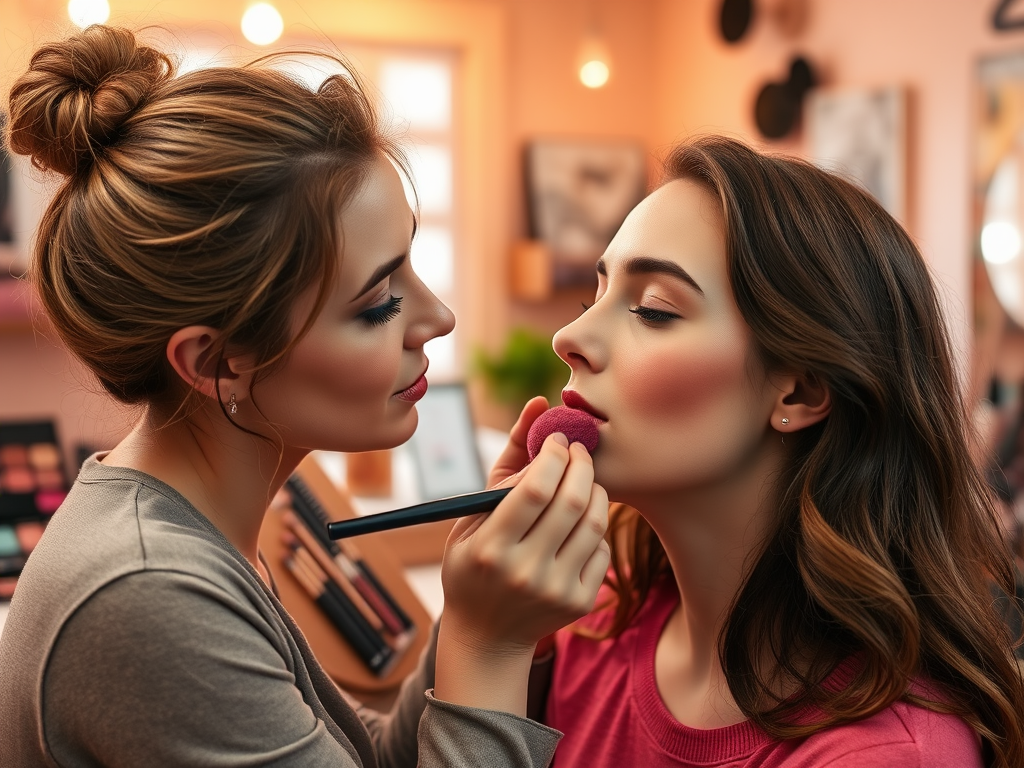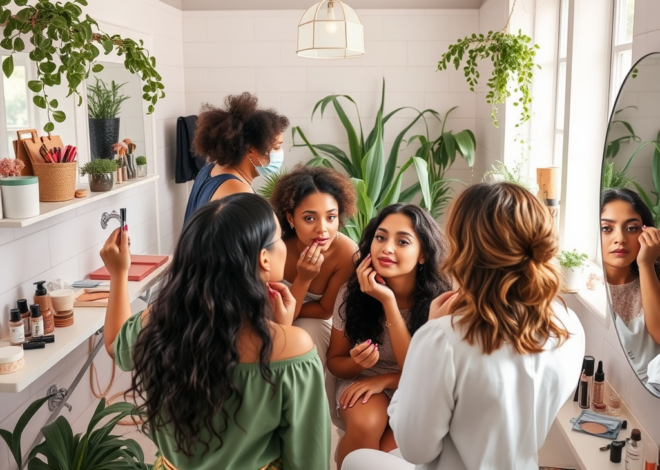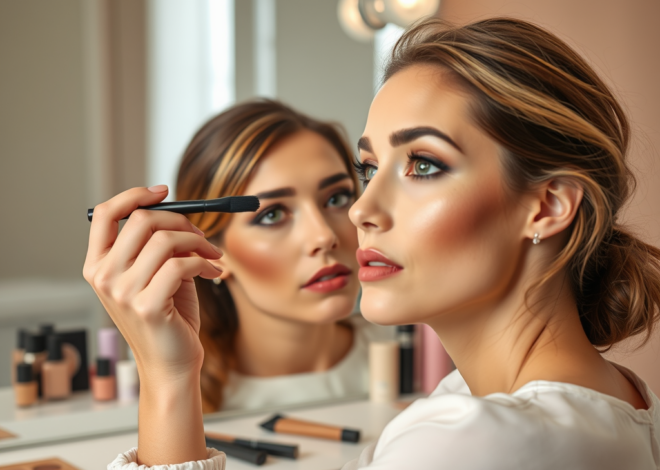
Blush vs Pink: Understanding the Difference and Its Application in Cosmetics
The world of cosmetics is a vibrant realm where colors have the power to enhance our natural beauty and express our personal style. Within this spectrum, two shades often capture attention for their versatility and charm: blush and pink. While they may seem similar at first glance, a deeper exploration reveals distinct characteristics that set them apart. This article will delve into the differences between blush and pink, and how each hue holds a unique place in the cosmetics industry.
In fact, understanding these differences not only enriches your makeup skills but also helps you make informed choices tailored to your skin tone and the occasions you plan to attend. With the right application techniques and product knowledge, you can elevate your look to new heights. So, let’s embark on this colorful journey and unlock the secrets of blush and pink in the cosmetic world.
The Color Spectrum: Blush vs Pink

Definitions and Origins
Blush is often characterized as a soft, muted tone that adds a natural radiance to the cheeks. The history of blush can be traced back centuries, where it was used to enhance beauty and convey health. Traditionally, blush mimics the flush of the skin, creating a subtle warmth that can make one appear more youthful. On the other hand, pink emerged as a bolder option, full of life, passion, and femininity. This vibrant color has evolved to represent joy and confidence, making it a go-to choice for various makeup applications.
Furthermore, the accents and subtleties of both colors can reflect mood and personality. Historically, both shades have found their way into fashion staples, often showcasing their versatility. While blush leans towards understated sophistication, pink brings a playful energy. Together, they create a fascinating dynamic in the world of cosmetics.
Color Variations
Blush and pink encompass a range of shades, making the applications’ possibilities endless. Here are some popular hues within each color family:
- Blush Shades: Peachy blush, rose blush, warm neutral blush.
- Pink Shades: Fuchsia, baby pink, hot pink, and pastel pink.
- Undertones: Blush typically has warmer undertones, while pink often features cooler subtleties.
To illustrate these differences visually, here’s a simple comparison:
| Color | Characteristics | Common Uses |
|---|---|---|
| Blush | Soft, muted, warm undertones | Cheeks, subtle enhancements |
| Pink | Vibrant, lively, cool undertones | Lips, eyes, bold statements |
Application in Cosmetics

Blush in Makeup
Blush serves a remarkable purpose in cosmetics, enhancing the natural contours of the face and imparting a healthy glow. When applied correctly, it can sculpt and lift your features, creating dimension on an otherwise flat canvas. To find the right blush, it’s essential to consider your skin tone. For instance, those with warm undertones often shine in peachy tones, while cool undertones may prefer rose or plum colors.
Here are some popular formulations you might consider:
- Powder blush: Easy to apply, great for a matte finish.
- Cream blush: Provides a dewy, natural look, perfect for dry skin.
- Gel blush: Lightweight and fresh, ideal for a long-lasting application.
Pink in Makeup
Pink brings a vivacious spirit to cosmetics, and its appeal lies in its sheer versatility. Whether it’s a fierce hot pink lipstick or a soft pastel pink eyeshadow, this color can cater to various moods. Selecting the right pink shade revolves around understanding your undertones and the desired effect. For example, a warm pink lipstick can brighten your smile, while a cooler pink eyeshadow can enhance your eye color.
Blush vs Pink: When to Use Each
Choosing between blush and pink often comes down to the occasion and personal style preferences. Certain scenarios are better suited for each shade. Here are some tips for selecting the appropriate color:
- Casual day out? Opt for blush for a more understated look.
- Night out or special event? Pink can create a bold, eye-catching statement.
- Pairing both colors: Try applying blush on your cheeks and pink on your lips for a balanced, harmonious appearance.
Conclusion
In closing, the exploration of blush and pink highlights their unique characteristics and applications in cosmetics. Understanding how each color functions allows you to make choices that enhance your natural beauty. Whether you prefer the softer touch of blush or the vibrant flair of pink, both colors can transform your makeup routine. Finally, being empowered with this knowledge enables you to curate a look that is distinctly yours.
Frequently Asked Questions
- What skin tones suit blush better? Blush generally complements warm and cool undertones, making it a versatile choice.
- Is there a color that combines both blush and pink? Yes, soft rose tones often reflect characteristics of both colors.
- Can I wear blush as a lip color? Absolutely! Many cream and liquid blush products can double as lip tints.
- How do I choose between blush and pink for a specific outfit? Consider the overall look and mood; blush offers a softer touch, while pink makes a more vibrant statement.
- Are there specific occasions where blush is preferred over pink? Blush tends to be chosen for natural or professional looks, while pink is favored for fun events.


